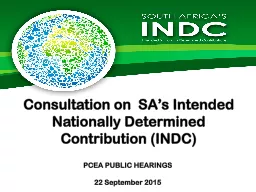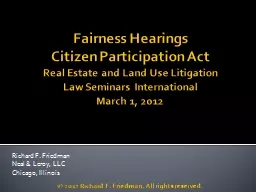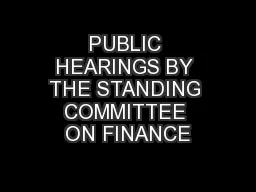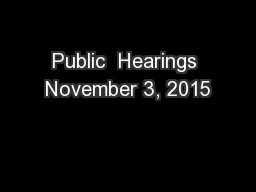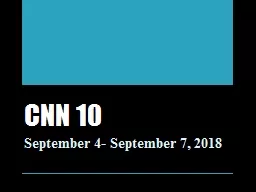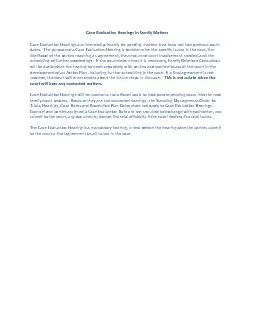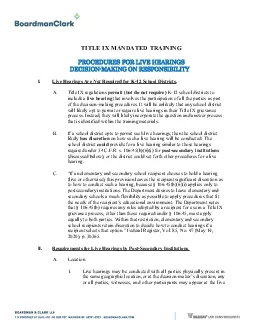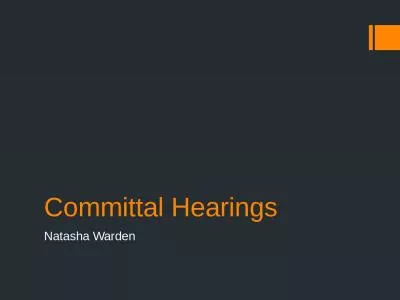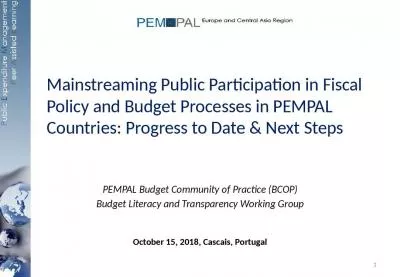PPT-PCEA PUBLIC HEARINGS 22 September 2015
Author : articlesnote | Published Date : 2020-08-26
Consultation on SAs Intended Nationally Determined Contribution INDC DEFN CLIMATE CHANGE 2 IMPACTS OF CLIMATE CHANGE 3 4 5 6 7 From Durban to Paris INDC To clarify
Presentation Embed Code
Download Presentation
Download Presentation The PPT/PDF document "PCEA PUBLIC HEARINGS 22 September 2015" is the property of its rightful owner. Permission is granted to download and print the materials on this website for personal, non-commercial use only, and to display it on your personal computer provided you do not modify the materials and that you retain all copyright notices contained in the materials. By downloading content from our website, you accept the terms of this agreement.
PCEA PUBLIC HEARINGS 22 September 2015: Transcript
Download Rules Of Document
"PCEA PUBLIC HEARINGS 22 September 2015"The content belongs to its owner. You may download and print it for personal use, without modification, and keep all copyright notices. By downloading, you agree to these terms.
Related Documents

